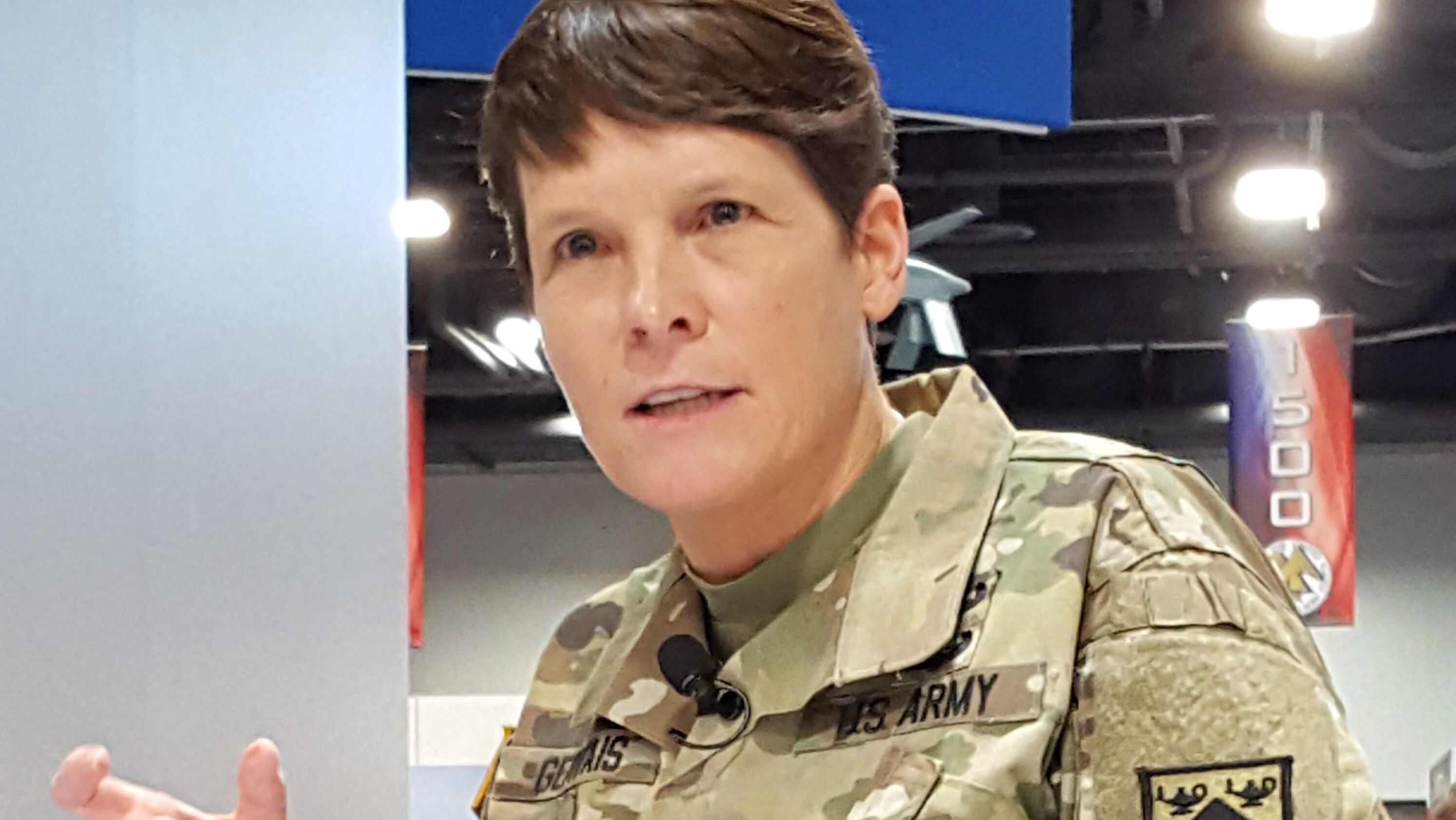WASHINGTON ― Elbit Systems and CAE signed an agreement to jointly pursue British Ministry of Defence training opportunities under the Defence Operational Training Capability (Air) Program.
The two companies made the announcement as the Defence and Security Equipment International conference in London, England, on Tuesday. They are to focus on the DOTC(A) Core System and Services and the Typhoon Future Synthetic Training projects.
The projects are intended to enable improved Royal Air Force training, support the MoD-wide requirement to download live training into synthetic environments, and allow a balancing of live and synthetic training.
“We recognise defence forces are looking to increasingly leverage synthetic environments for more of the operational and mission training they need to conduct, and the UK MOD's Defence Operational Training Capability programme aims to address these requirements,” Jonthan Browning, CAE U.K.’s vice president for strategy and business development, said in a CAE news release. “CAE brings a great deal of experience and expertise as a training systems integrator, and partnering with Elbit Systems will enable us to bring the UK MOD proven, low-risk distributed mission training capabilities that are integrated and interoperable.”
Defense News previously reported CAE’s creation of H135 and H145 helicopter synthetic training devices as part of the U.K. Military Flying Training System. The devices are set to be delivered in 2018 to the Royal Air Force Base at Shawsbury, England, in order to support Airbus ab initio flying.
“Elbit Systems has a wealth of experience developing and delivering Fast Jet Mission Training Centres” Elbit Systems U.K. CEO Martin Fausset said in the release. “We are pleased to work with CAE on this important synthetic training programme for the UK MOD. We recognize that DOTC(A) will set the standard for training UK defence personnel for the next thirty years and beyond. Together ESUK and CAE UK believe we can deliver the innovative technology and world leading simulation to achieve this.”
Other examples of synthetic military training include the U.S. Army’s Synthetic Training Environment, which gives Army units the opportunity to gain and hone existing skills and familiarize themselves with dense urban environments prior to deployment. One of the main goals of synthetic training is to allow the Army to use common software protocols and thus ensure participating soldiers receive a common experience in a given exercise.
RELATED









